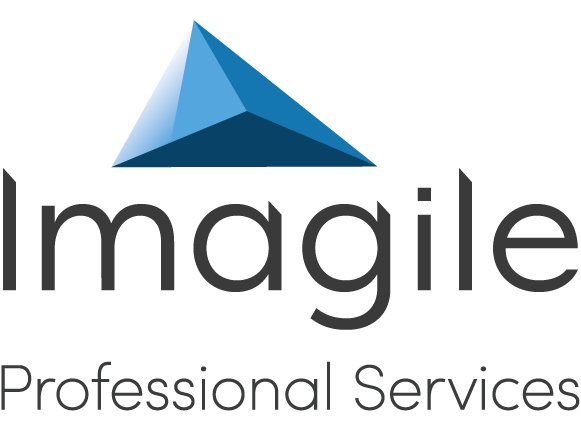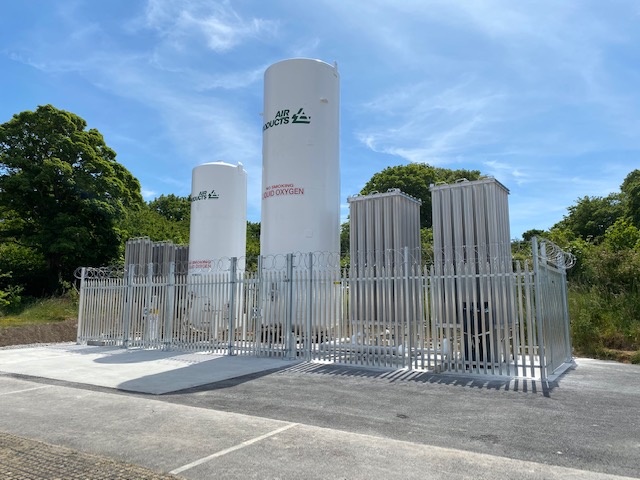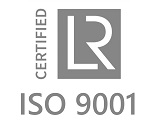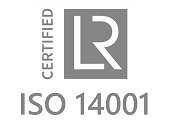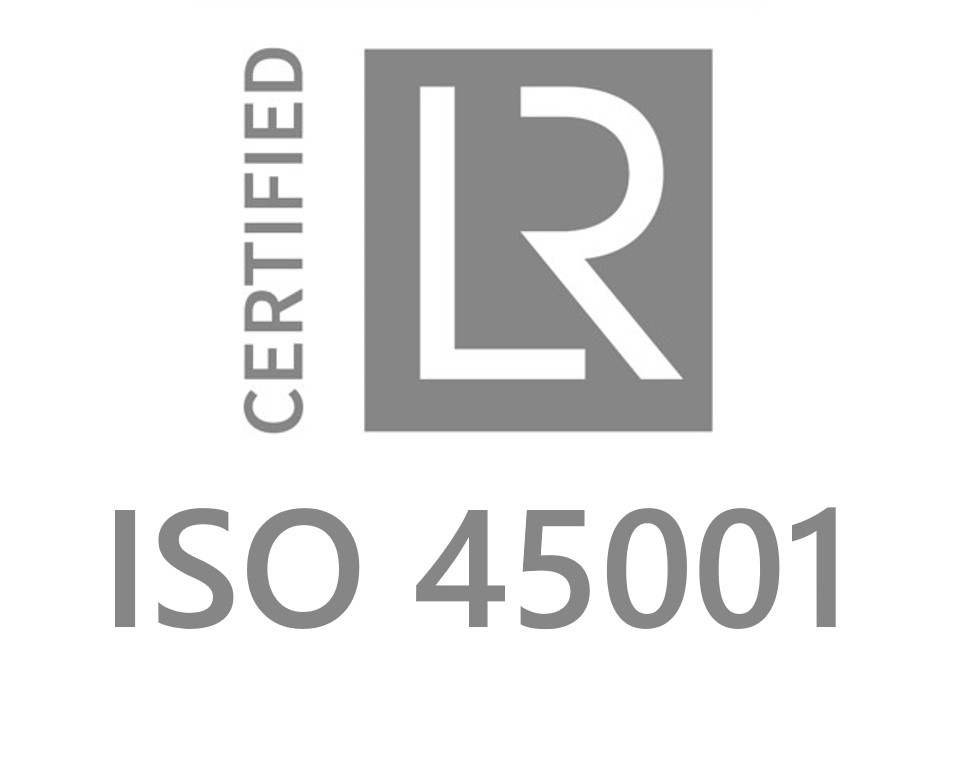Coronavirus has been one of the largest global healthcare emergencies in history and hospitals across the UK have faced remarkable challenges.
As the virus spread, the NHS was forced to implement a rapid response plan to ensure hospitals across the country could cope with the imminent pressure on the healthcare sector. This included adopting new technology, improving and extending facilitates and increasing the supply of vital resources.
Darent Valley Hospital, which is managed by Dartford and Gravesham NHS Trust, recognised an urgent need to increase the hospital’s oxygen capacity to provide respiratory support, such as assisted ventilation to existing and new patients during the coronavirus outbreak.
To increase the volume of available oxygen supply, it was quickly identified that essential works were required to install a second Vacuum Insulated Evaporator (VIE) for the hospital.
James Stanford, a Senior Project Manager at IPSL, was a key member of the team responsible for delivering the VIE install at Dartford Hospital and supporting their wider COVID-19 response plan. Here, he explains more about the requirements, timeline and the important role that asset management has played.
What did the project involve?
Imagile Professional Services (IPSL) were instructed by Darent Valley Hospital Dartford and Gravesham NHS Trust to install a secondary Vacuum Insulated Evaporator (VIE) as part of the hospital’s COVID-19 response.
IPSL’s Safety, Health and Environment (SHE) team were appointed as Principal Designer to manage the pre-construction & construction phase of this project. The SHE team mobilised quickly to assess whether these works were necessary and were essential to be undertaken, given the risks presented by COVID-19 and restrictions imposed by the Government.
When works were deemed as being essential, the SHE team were able to review the proposed design, maintenance requirements, contractor’s construction phase plan and their proposed COVID-19 arrangements to confirm their compliance with the relevant Regulations and mitigation of risk. At IPSL, we felt it was important to take a proactive approach to identifying risks presented by COVID-19 and our SHE team created a new toolkit designed to manage and control such risks. IPSL were vital in collaborating with the project team and the wider NHS Trust, ensuring that the hospital could continue to undertake its core functions and not be overwhelmed by the additional pressures presented by COVID-19
Before works could begin, we first had to select a team of approved and trusted suppliers to deliver the works, drawing from a carefully selected list of strategic partners that have experience of working with us at IPSL. We also worked closely with our commercial team to develop the necessary documentation in a prioritised manner, working in constant collaboration.
Prior to the installation of the VIE plant beginning, there was a significant amount of works needed to build a suitable structural platform, trenches and services to support the VIE tank.
Once installed, the oxygen tank needed to be connected to the hospital’s main oxygen supply system, meaning the installation of 100 metres of pipework would safely transport the oxygen from the tank to the hospital building.
This was a significant project for the Trust and for our team as it was the first VIE installation to be completed in the South East of England as part of the regions COVID-19 response plan.
What is a Vacuum Insulated Evaporator?
A VIE is a vital piece of equipment that most hospitals will have in the grounds of their building. In simple terms, the tank stores liquid oxygen which is then drawn off as needed, passed through a vaporiser and turned into a gas to be piped to hospital wards to supply oxygen for patients.
Darent Valley Hospital already had a VIE tank in its grounds but the capacity was not enough to cope with the unexpected increase in demand due to COVID-19. The hospital also feared that, if anything were to happen to the existing tank, they would be left without a supply of oxygen at a crucial time.
What were the project timelines?
Due to the current circumstances, the need for increased oxygen supply at Darent Valley hospital was urgent, meaning works had to be completed on a tight schedule.
IPSL were able to begin work just a few days after being appointed and the VIE was successfully installed and fully operational just over one month later.
Once the VIE was commissioned, it was important that we tested the oxygen supply was fully operational before handing the operation across to Dartford and Gravesham NHS Trust and Serco who now jointly manage the running of the VIE.
Did IPSL work independently or with partners for the project?
During this project, we worked with a number of trusted suppliers through our established network of strategic partners. Collaborative working was an essential element of this project and each partner played a vital role in ensuring the installation was completed on time, on budget and was fully compliant with industry standards and regulations.
On a personal level, I worked closely with Philippa Kilgallon; a Health, Safety and Environment Advisor at IPSL to manage and mitigate risk throughout this project. Due to COVID-19, we had to work closely with the Trust to ensure extra safety measures were planned for and in place before works could begin.
Henderson and Taylor provided Principal Contractor services and worked alongside a number of key stakeholders throughout the project. It was fantastic to work closely with a range of talented teams, learning from one another and sharing best practice. Serco were appointed to manage the running of the VIE once commissioned and played an instrumental role in this project.
Without such enthusiasm, dedication and professionalism this project would not have been achieved in the timescales provided.
Were there any challenges to overcome?
The strict timescale meant that there was no room for delays and it was imperative work was completed on time and to the highest possible standard. To achieve these deliverables, we had to mobilise a network of partners very quickly to ensure work could begin immediately. The strength of our supply chain was a key factor in making this possible.
We also had to consider the unique challenges that come with working on a live site, especially within a healthcare environment. Construction had to be efficient and prevent any disruption to the day-to-day operation of the hospital. Our job was to manage communications between stakeholders and co-ordinate the delivery of the works to ensure the hospital was not impacted at all.
Due to the COVID-19 pandemic, a new set of safety risks were presented with this project. This meant we had to change the way we think about risk and duty of care. Before works could begin, our SHE team had to ensure adequate procedures were in place to make sure that the works would be COVID-19 secure. This included reducing the number of workers on site to adhere with social distancing, reducing the number of touchpoints on site and ensuring all contractors are inducted in line with Construction Leadership Council (“CLC”) guidance.
IPSL has worked on a range of healthcare projects and we have an in-depth understanding of the sector. This knowledge allows us to adapt in an ever-changing and sometimes challenging environment, whilst also appreciating the specific needs and expectations that working in healthcare projects brings.
If you’re interested in finding out more about the work our Construction Delivery team do, please contact our Business Development Manager, Laura Evans on laura.evans@imagileps.com.
